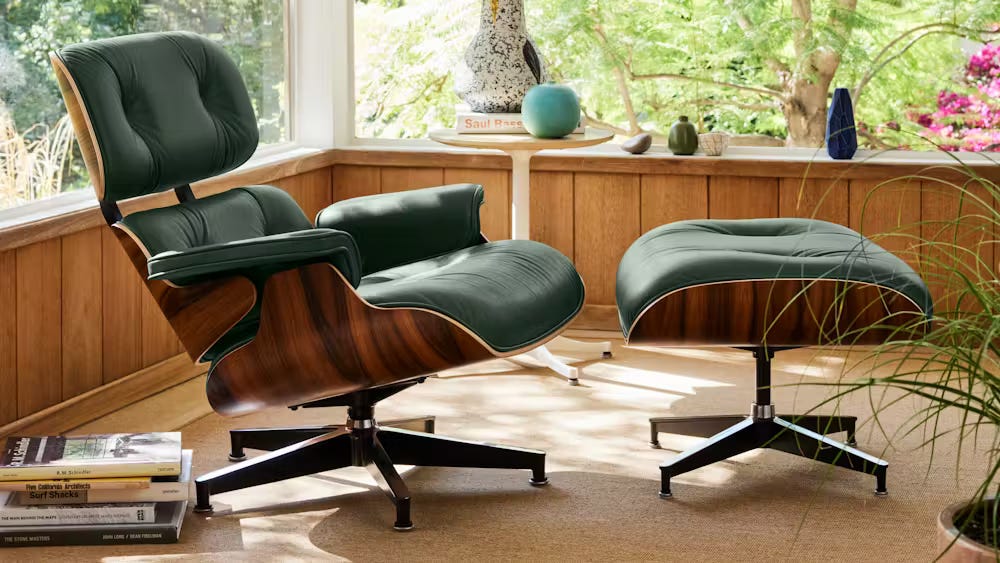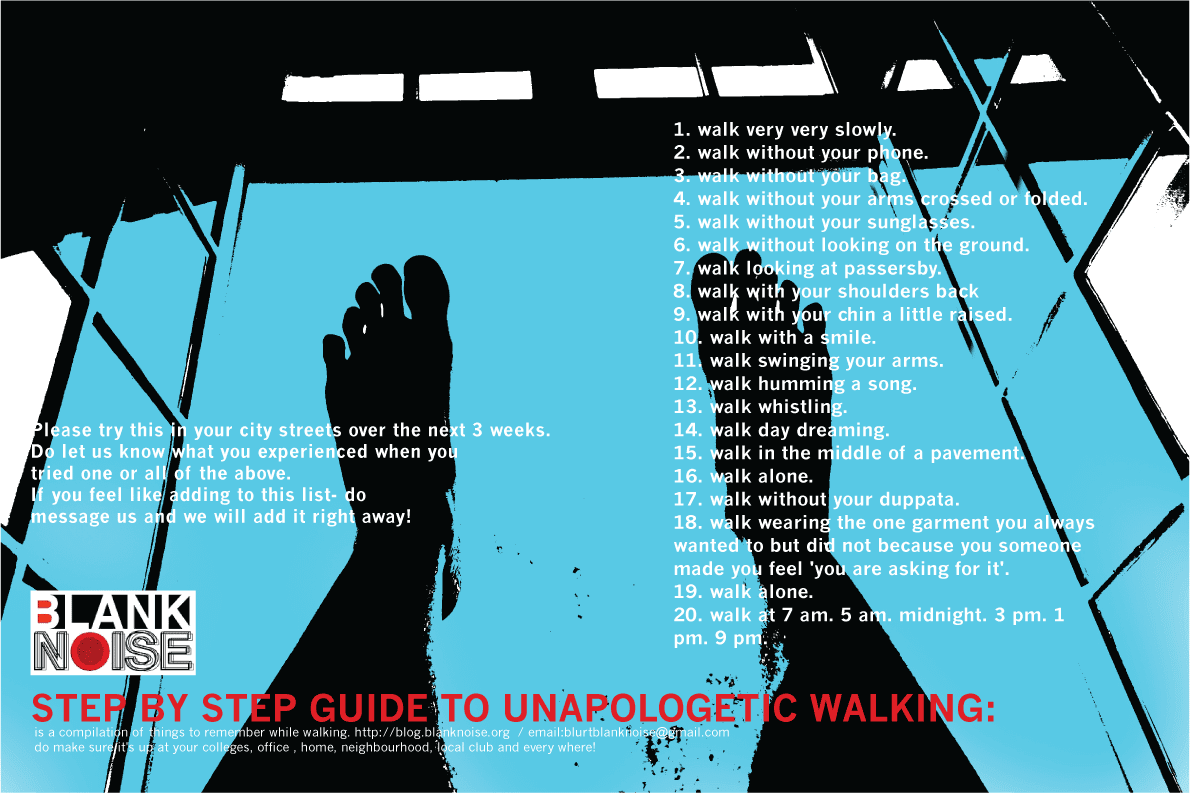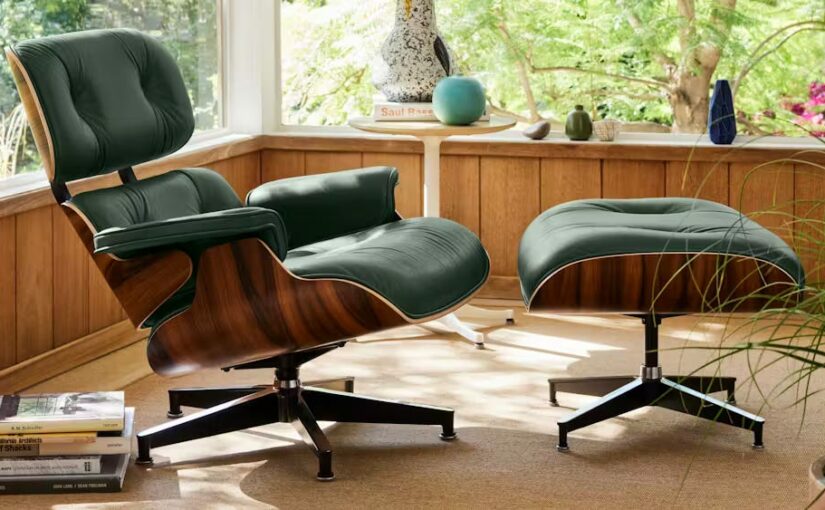Note: This post first appeared on Internet Stuff. You can read it here.

You probably recognize this iconic piece of furniture. The Eames Lounge chair and ottoman was designed by Charles and Ray Eames for Herman Miller in 1956. It remains one of the most recognizable and (surprisingly) comfortable chairs in the world.
The husband-and-wife team were prolific, creating great work in the fields of fine art, film and industrial and graphic design. Among their other contributions, the Eames’ also wrote a paper called the India Report in 1958. They had been invited by the Government of India to recommend a program of design to help small industries in India. This paper directly led to the establishment of the National Institute of Design (NID) at Ahmedabad in 1961.
It would be an understatement to say that this was unusual. Imagine a newly-free, mostly-poor nation wasting resources on a luxury like a design institute! Different times.
The list of faculty and alumni of NID over the years reads like a who’s who of Indian design thought and creativity. Today, we’ll talk about the remarkable story of one of them.
Poonam Bir Kasturi graduated from NID with a degree in Product Design in 1985. She worked in small scale manufacturing after college and then setup a craft-based design company called Industree in Bangalore in 1994. Poonam moved on in a few years, but Industree is still around and works in women empowerment, helping them craft handmade products from natural materials. IKEA is a key client, and design remains a keystone in its approach.
Poonam, meanwhile, cofounded the Srishti Institute of Art, Design and Technology in Bangalore with Geetha Narayanan, who had also founded the Mallya Aditi International School in 1984. Srishti was envisioned as a design home for just 10 students. Was Srishti just a private-NID? We can find the answer in Poonam’s seminal paper, The India Report Revisited (2001). A response to the original Eames paper, it outlined how design education in India had been hijacked by the glamorous fashion and consumer-design industries. Poonam pulled no punches.
On students:
“Their language is English, they watch MTV, Friends and Baywatch.
They aspire to be part of India Inc.
And yet, having worked with this age group for the past 5 years, I realize that they come from an
educational system that does not encourage them to look around, question and explore. My experience is that if shown alternative worldviews, most of them want to participate; they can see the challenge.”
On design schools:
“Indian Design Schools today deliver an undergraduate program similar to many American programs. The curriculum is tailor made for smooth transition into the urban, “consumer-led” design industry.”
Today, the NID is planning to introduce a department in Lifestyle Products. This indicates an institutional acceptance of the “triumphant market ideology”
“The problem is that student designers get tempted to prioritize commercial attractiveness over developmental concerns when deciding on projects and areas of focus for study. Even worse, students who inclined towards development may not have any institutional support, or meaningful opportunities to work in this area.”
Poonam espoused design as a catalyst for development. She wanted design education to look past churning out graduates who were a ready fit for the corporate world, and instead have real world impact on marginalized communities through the transformative power of design.
She was a bloody good thinker too. From the paper:
“Consider the typical Corporate Worker. He works hard, buys a house, sends his children to an English medium school, holidays abroad and then as he reaches the age of 39-40 he starts wondering about the meaning of life. He voices his concerns and finds others also saying similar things.
Some of these people are interested in giving back to the community, although they see development mostly in material and economic terms and don’t exactly know how they could get involved. I see this section of people as a vast potential waiting to be tapped for design for development. They are professionals, trained and experienced, aware of best practices across the world, and understand the skills of project management. Just imagine harnessing their talent, energies and commitment for development!”
Srishti students and alumni have done novel work in the community space. Consider this urban beautification drive or this poster from the Blank Noise project (which aimed at making urban spaces safer for women)

Poonam, meanwhile, was not done working her magic yet. She moved on from Srishti in 2008 and devoted her full time to the Daily Dump venture she had started in 2006 with two ex-students.
Daily Dump tackled the complete lack of composting in Indian homes, which as considered “dirty”. In her own words:
Everyone I spoke to, said it would not stick, no Indian would be willing to do this, it was a dirty process. So I began with a product that did not look dirty but was also ordinary, so unthreatening that it would seem like nothing at all. I wanted to create something that was so “ordinary” that it would fly under the radar of the grandmasters of waste – the municipality, contractors, experts and naysayers. It would not be perceived as a threat, so it had greater chances of being adopted without being snuffed out pre-maturely by some large technological promise or a large business imperative.
Here’s her rationale and thinking behind Daily Dump. With that context, here’s Poonam schooling the sharks on Shark Tank India:
Poonam passed away on the 9th May, 2024.

…..is tailor made for smooth transition into the urban, “consumer-led” design industry.”
Today, the NID is planning to introduce a department in Lifestyle Products. This indicates an institutional acceptance of the “triumphant market ideology”….
this sounds so familiar to the noises we heard during the period up to rajiv gandhi era, when well privileged, foreign educated, shawl sweeping types of rajeev sothi, pupul jayakar et al, used to think for the ‘poor’. the ‘poor’ on the other hand ran away to the other side when they got half a chance during and after narasimha rao’s era.